“This powerhouse pedal authentically recreates the complex sonic magic of its inspiration”: Boss puts psychedelic Hendrix and Gilmour rotating speaker sounds on the menu with the RT-2 Rotary Ensemble
What do you do when everyone loves that trippy rotating speaker sound but no has the space (or budget) for one? Boss has the answer – and it has three modes and lots of features
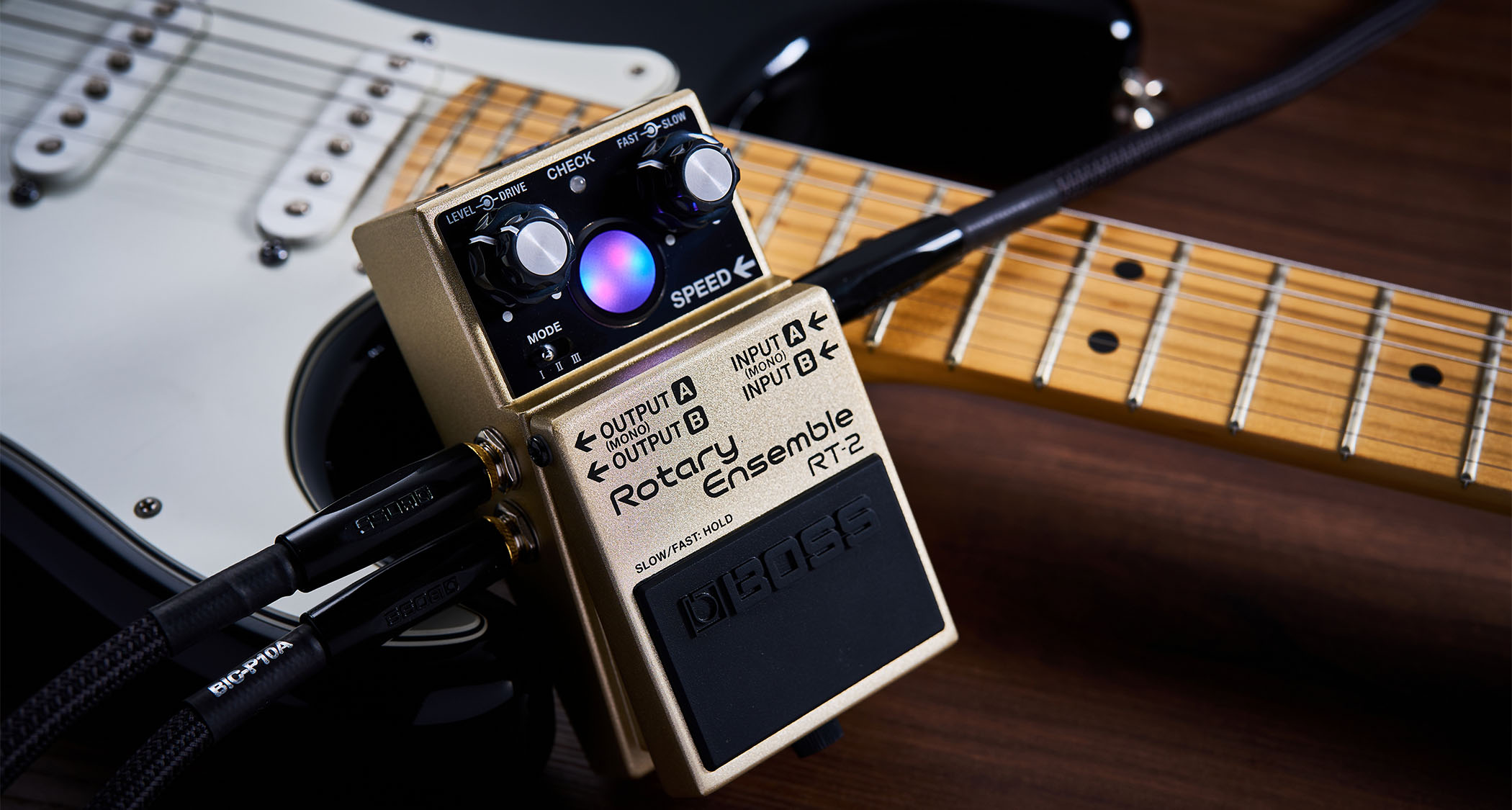
The rotating speaker sound is one of the coolest sounds in electric guitar. Jimi Hendrix has used it. David Gilmour has used it. Stevie Ray Vaughan, likewise, was a fan. The problem is that the vintage hardware is large and impractical, and expensive.
Luckily, players looking for that psychedelic mojo and spatial movement have options – the Uni-Vibe for instance – but Boss might just have dropped the best of the lot, the RT-2 Rotary Ensemble, which is a feature-packed rotary speaker simulator with three modes, various speed controls, mono or stereo operation – and it even has a Drive knob to emulate the saturation you get from the original unit’s tube-driven preamp section.
There is a lot going on. Boss is maximising the Compact Series’ small pedalboard footprint here. In a traditional rotating speaker setup, you have a treble horn and a bass woofer, each of them physically spinning within the cabinet, sending the sound out across the room.
Originally, the rotating speaker was designed for the organ, so while we are talking about the RT-2 here in the context of electric guitar, hooking it up to an electronic keyboard will yield a similar effect. Boss has voiced this to work well with digital pianos and synthesizers, too.
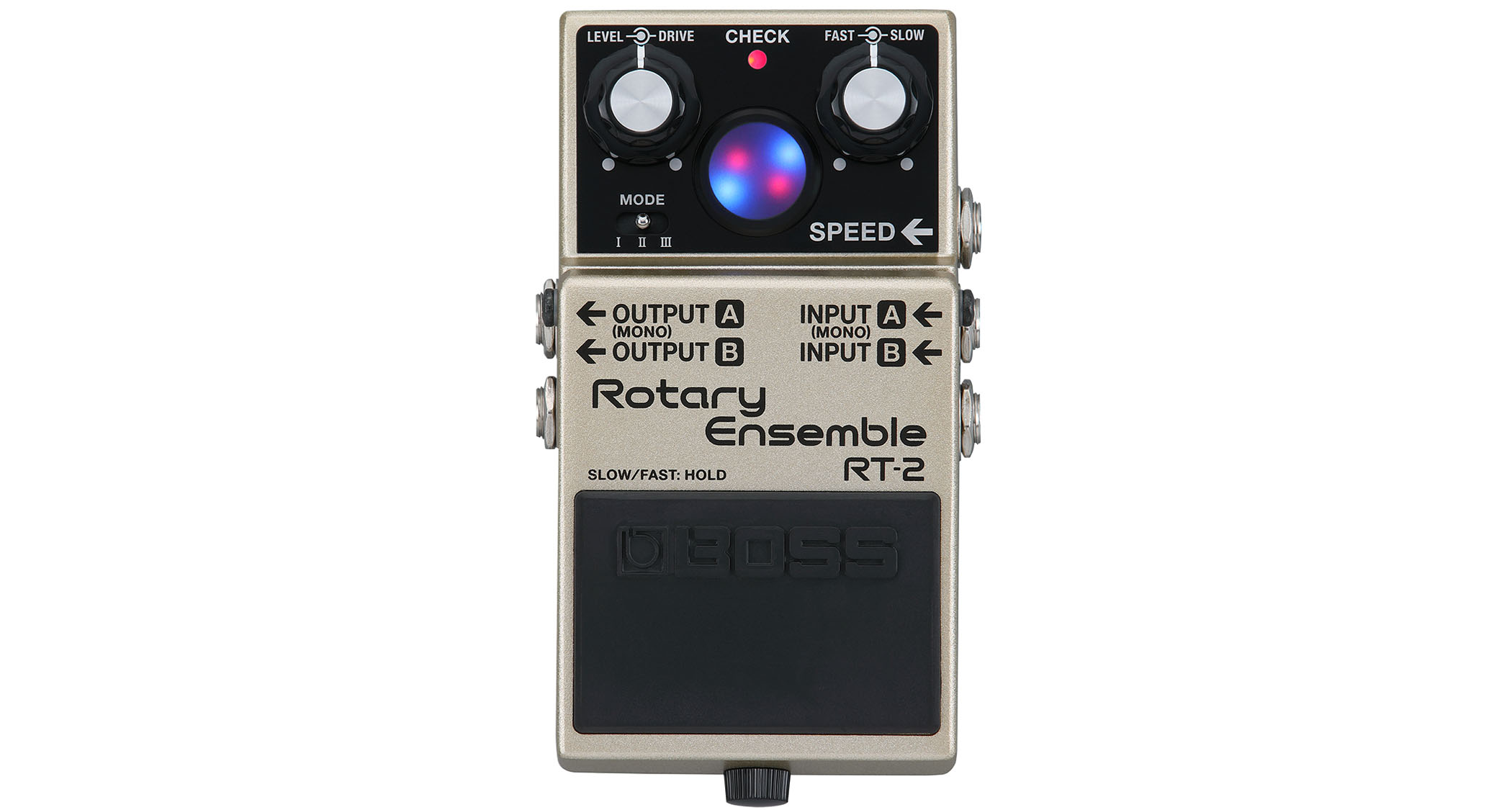
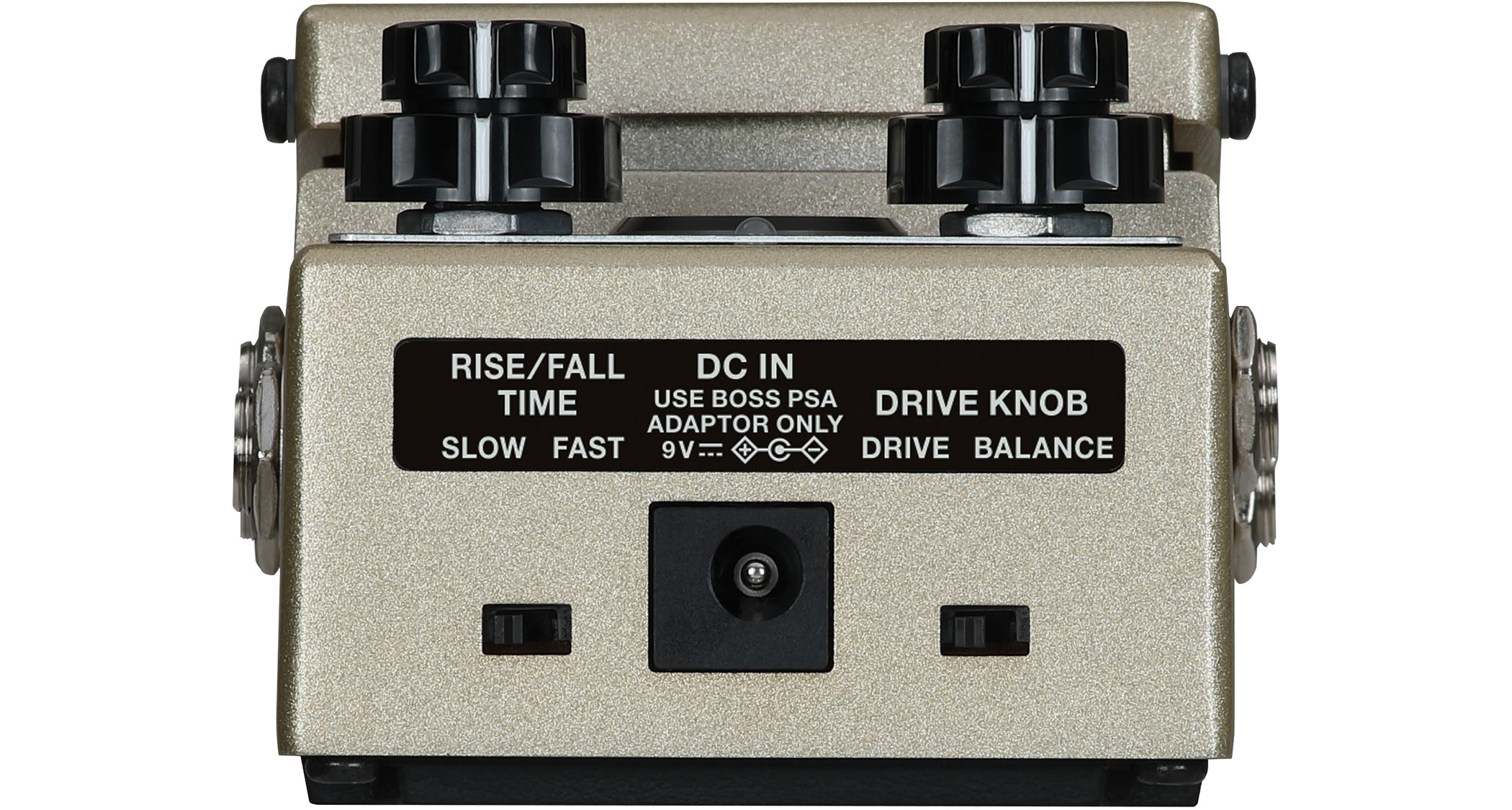
One drawback from stompbox emulations of mechanical units is that you lose that sense of physical movement.
Boss might not have been able to make this spin on your ‘board, and that, most would agree, is a good thing, but it has made room for a super-cool visual display that lights up to indicate the speed of the virtual treble and bass rotors.
Seeing this helps you visualise the real thing. And it’s also useful on a darkened stage to see how you have the pedal set up.
Want all the hottest music and gear news, reviews, deals, features and more, direct to your inbox? Sign up here.
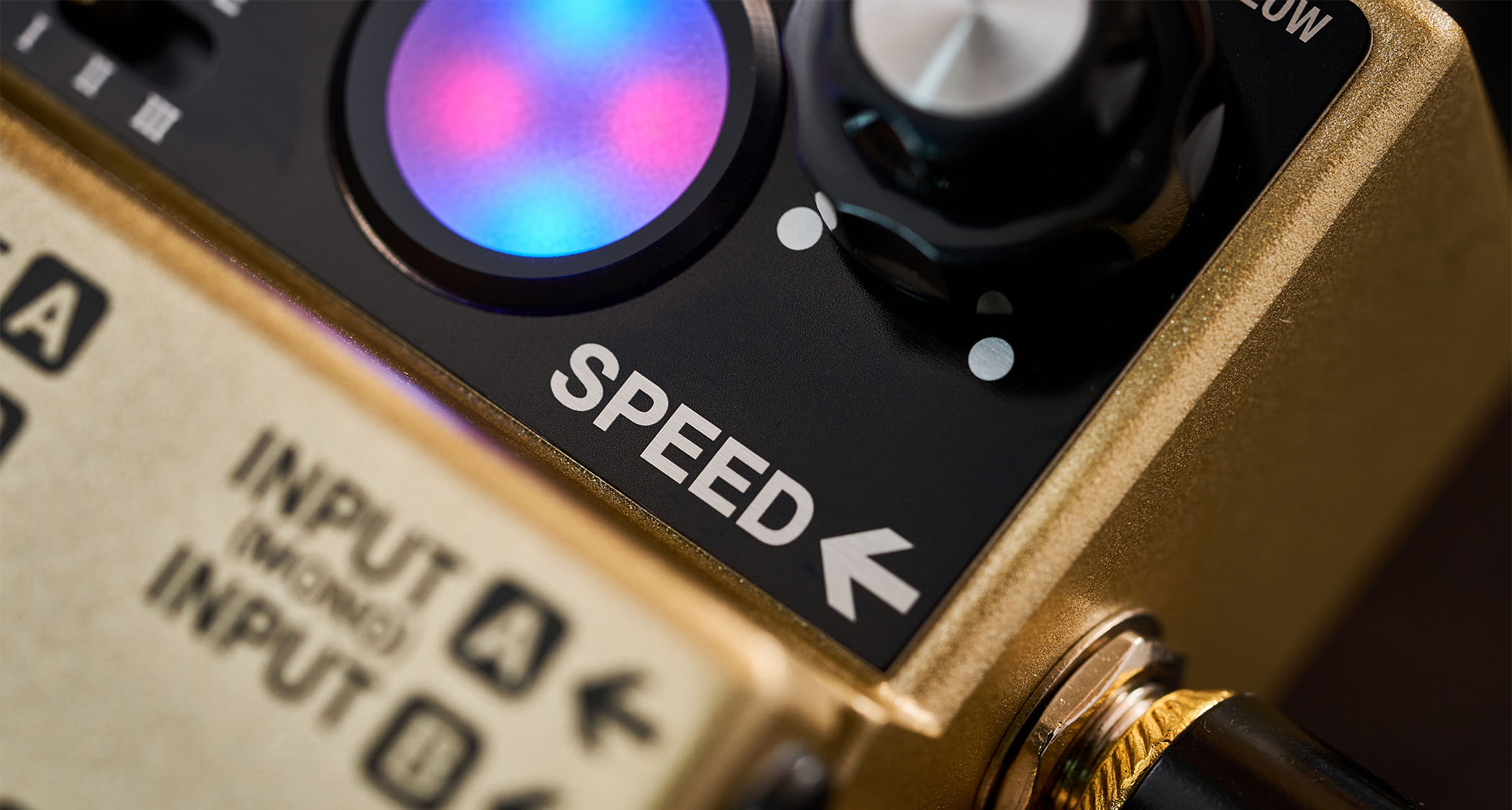
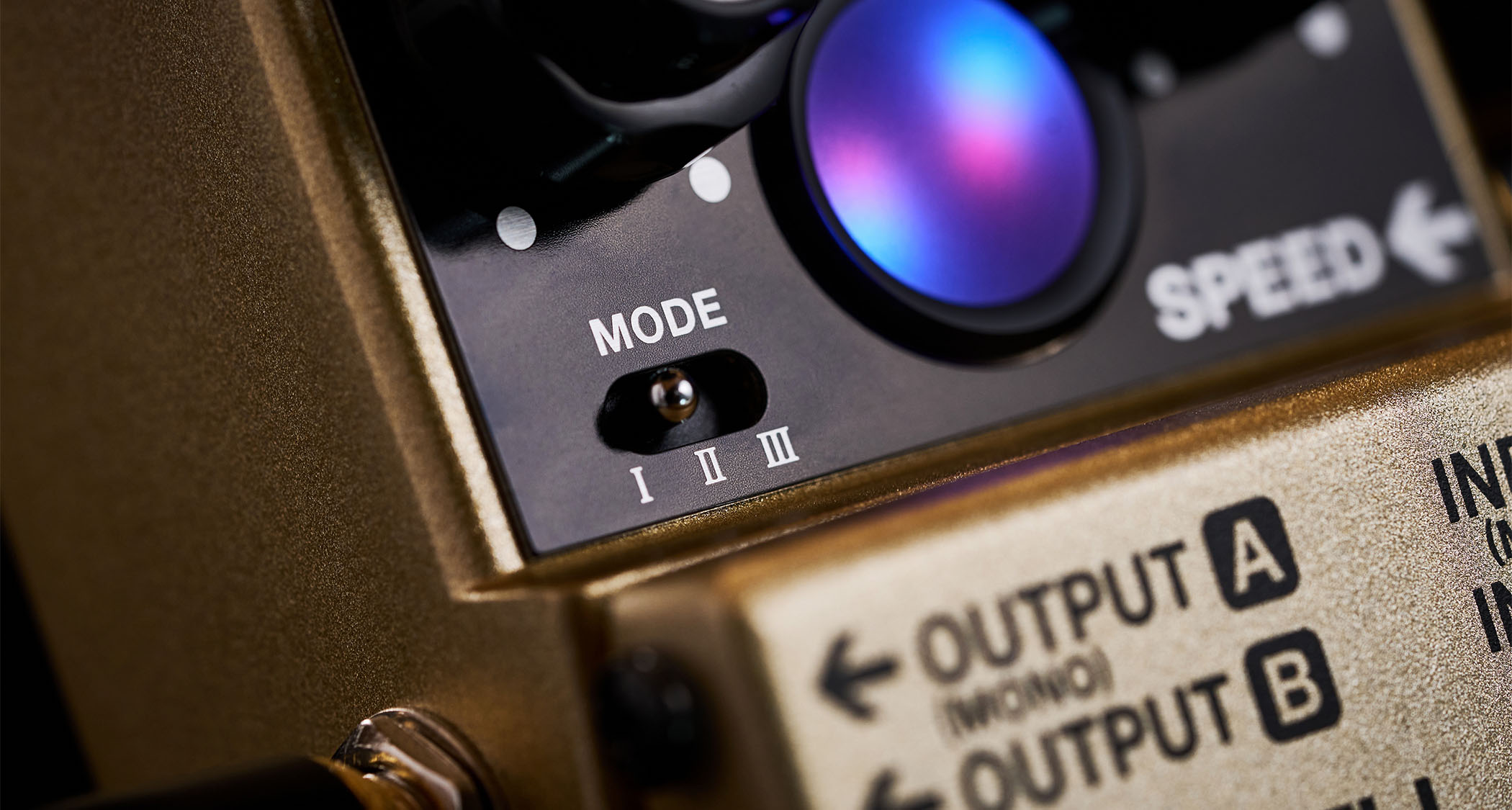
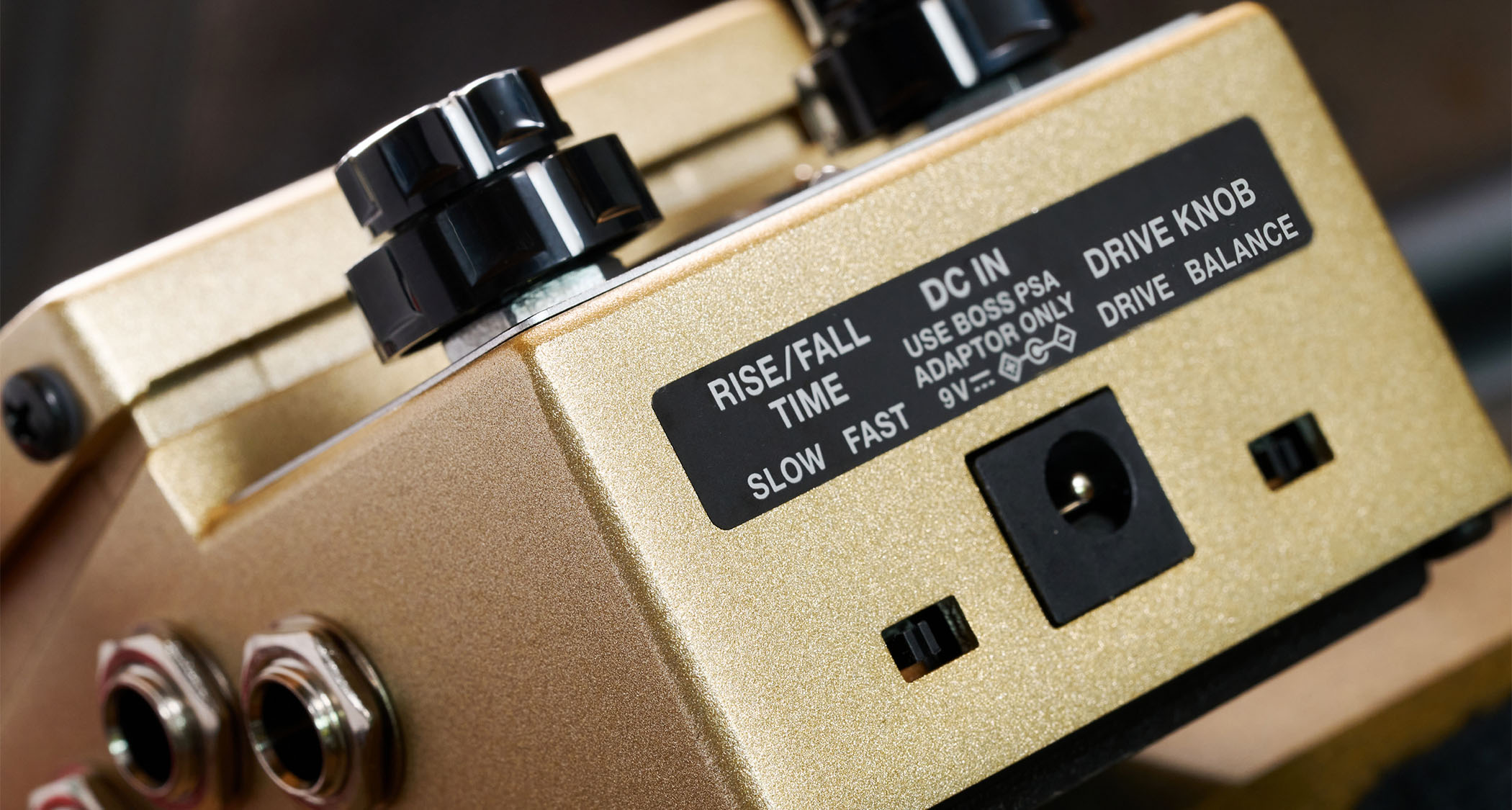
The RT-2 offers you three distinct flavours of rotary speaker emulation. There is a classic vintage voicing, and two modified voicings with “enhanced spatial effects”. Mode II, for instance, widens the range of tones. Boss suggests adding an overdrive pedal to proceedings to enhance the vibe. Mode III gives you “enhanced definition with intense modulation and drive settings, adding power and presence to arpeggio playing and solos”.
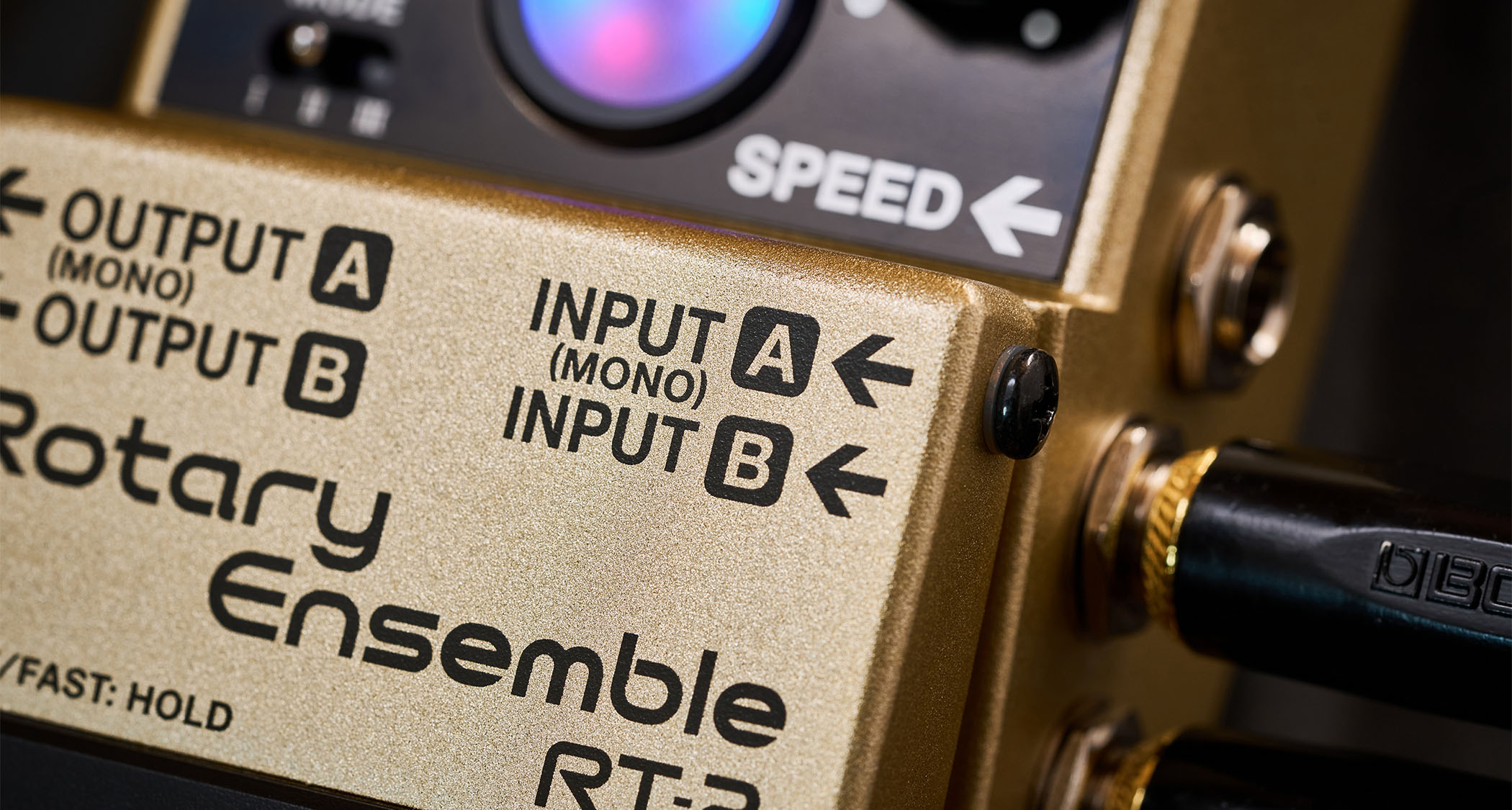
This a hugely configurable pedal. The Drive knob can add a little sparkle or some gritty heat. But if you don’t need it, there is a Drive/Balance switch at the top of the pedal that allows you to set it to Balance and use the Drive knob to adjust the balance between the treble and bass rotors, shaping the tone of the effect accordingly.
There is also a two-way Rise/Fall switch that gives you fast and slow settings for the transition time between rotor speeds, while the two-way Fast/Slow Speed knob lets you adjust the rate of the effect.
But you can control all of these with an external expression pedal. The RT-2 can take up to two external switches, giving you independent speed control and a Brake setting that stops the rotors in their tracks, holding that tone in perpetuity.
You can run the pedal in mono, stereo, or configure it for a wet/dry stereo rig. As Boss says, it welcomes other effects, which is of course in the same spirit of sonic adventurism that the original hardware rotating speakers were used in when Hendrix, Gilmour and SRV fired them up.
The RT-2 Rotary Ensemble is available now, priced £229/$239. For more details, head over to Boss.
Jonathan Horsley has been writing about guitars and guitar culture since 2005, playing them since 1990, and regularly contributes to MusicRadar, Total Guitar and Guitar World. He uses Jazz III nylon picks, 10s during the week, 9s at the weekend, and shamefully still struggles with rhythm figure one of Van Halen’s Panama.
You must confirm your public display name before commenting
Please logout and then login again, you will then be prompted to enter your display name.

